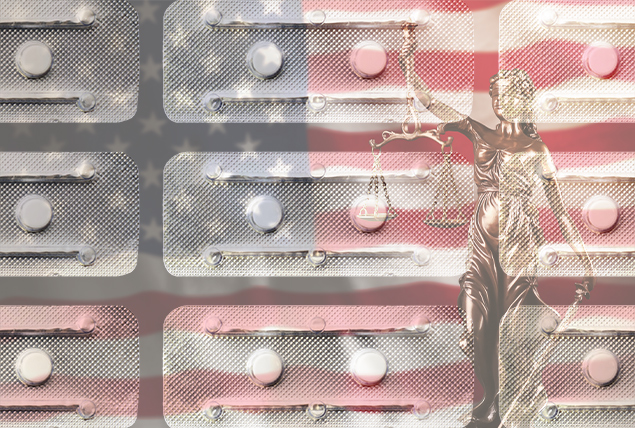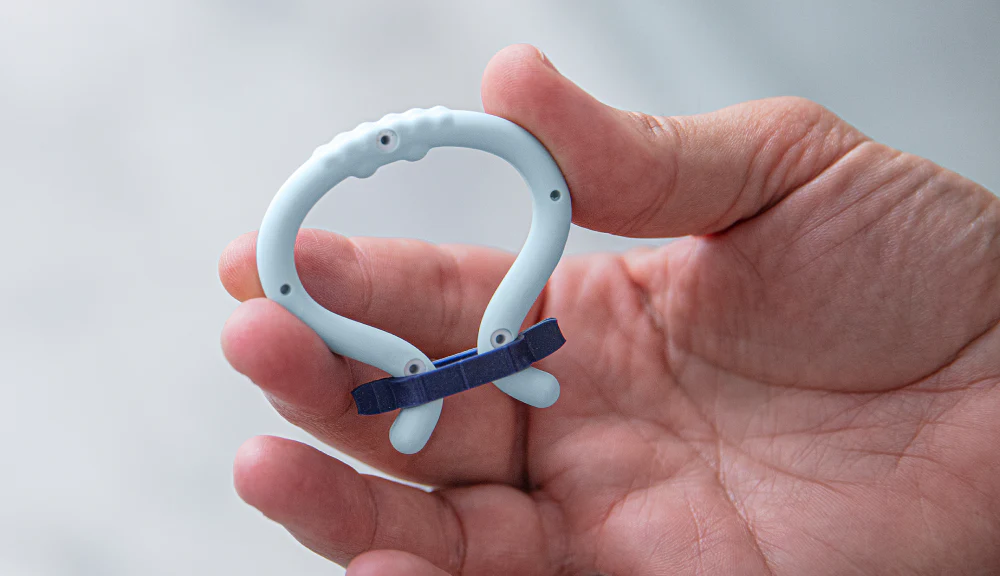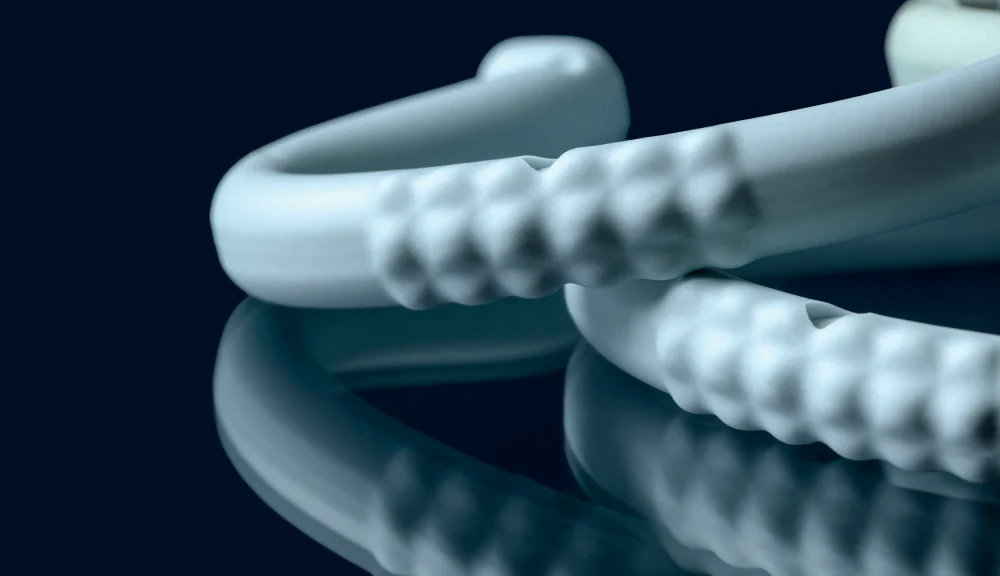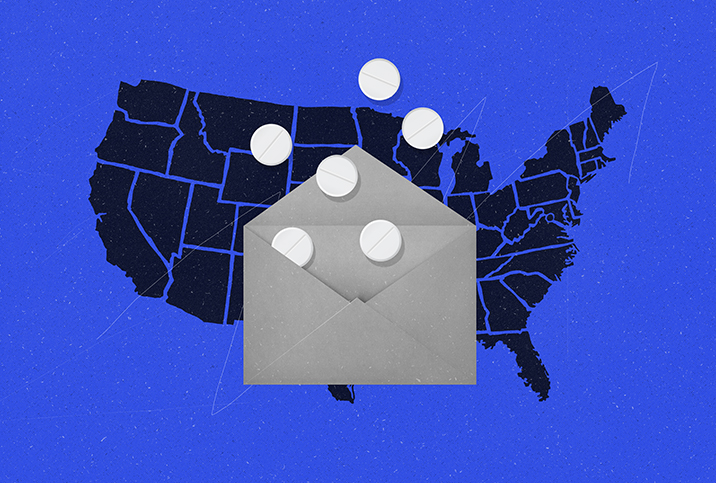Supreme Court Rejects Challenge to Mifepristone Access

Key Points
- Mifepristone is one of two drugs used to treat miscarriages and terminate a pregnancy during the first trimester, used in more than 60 percent of abortions in the U.S.
- The Supreme Court, which has a 6-3 conservative majority, reached its 9-0 decision by focusing solely on the technical issue of the plaintiff's legal standing.
- More than 100 studies have indicated mifepristone is safe and has a very low risk of adverse side effects when used as directed.
The Supreme Court on Thursday, June 13, unanimously rejected a lawsuit that would have significantly curtailed Americans' ability to access mifepristone, one of two drugs used to treat miscarriages and terminate pregnancies during the first trimester.
The suit, brought by anti-abortion groups and doctors, challenged the Food and Drug Administration's approval and regulation of the drug.
Pro-choice advocates welcomed the decision, which came two years after the high court revoked the constitutional right to abortion.
How did the judges rule on mifepristone?
The plaintiffs, led by a group called the Alliance for Hippocratic Medicine (AHM), questioned decisions by the Food and Drug Administration (FDA) that made it easier for patients to access mifepristone, a drug used in more than 60 percent of abortions in the United States, shared a 2024 report.
The group also claimed the agency had approved the drug in 2000 without appropriately verifying its safety. As a result, they argued, doctors were forced to violate their consciences and take part in abortions by treating women who experienced complications from the medication.
In April 2023, a judge in Texas ruled in the AHM's favor, but the Department of Justice swiftly appealed the decision and asked the Supreme Court to intervene.
The Supreme Court ruled that the plaintiffs had no legal standing to pursue the case because they couldn't prove that the FDA's actions had harmed them. Justice Brett Kavanaugh wrote on behalf of the court that, under the Constitution, a desire to make a drug less available to others isn't sufficient grounds for a suit.
The court also rejected the plaintiff's claim that the FDA's actions force doctors to facilitate abortions, as federal law already protects them.
"We recognize that many citizens, including the plaintiff doctors here, have sincere concerns about and objections to others using mifepristone and obtaining abortions," he wrote.
"But citizens and doctors do not have standing to sue simply because others are allowed to engage in certain activities—at least without the plaintiffs demonstrating how they would be injured by the government's alleged under-regulation of others."
How did the Supreme Court vote on mifepristone?
The Supreme Court, which has a 6-3 conservative majority, reached its 9-0 decision by focusing solely on the technical issue of the plaintiff's legal standing. They did not issue an opinion on the FDA's actions.
The Biden Administration and other abortion rights supporters praised the decision but stressed that the fight for reproductive freedom continues.
"It does not change the fact that the Supreme Court overturned Roe v. Wade two years ago, and women lost a fundamental freedom," Biden said in a statement from the White House.
"It does not change the fact that the right for a woman to get the treatment she needs is imperiled if not impossible in many states."
Abortion opponents expressed disappointment with the decision but emphasized that it hinged on a legal technicality and didn't absolve the FDA of wrongdoing. Erin Hawley, a lawyer with the Alliance Defending Freedom, a conservative legal group representing the plaintiffs, told Reuters that the litigation will likely continue.
The Supreme Court is also considering a separate abortion case concerning Idaho's near-total abortion ban.
Where can I get mifepristone?
Mifepristone is usually prescribed along with misoprostol to terminate a pregnancy or evacuate miscarriage tissue.
Americans' ability to access mifepristone remains unchanged since the June 13th ruling, and people in abortion-legal states can still obtain it relatively quickly. The current FDA framework allows healthcare providers, including nurses, to prescribe the medication via telehealth and send it in the mail. It's also available at large pharmacy chains.
Despite AHM's arguments, more than 100 studies have indicated mifepristone is safe and has a very low risk of adverse side effects when used as directed, according to the New York Times.
The bottom line
People can still access mifepristone and use it to terminate pregnancies through 10 weeks of gestation in states where abortion is legal.
If future suits restrict mifepristone access, self-managed medication abortions will still be possible with misoprostol only. However, this regimen requires higher doses and has a greater risk of adverse side effects.


















